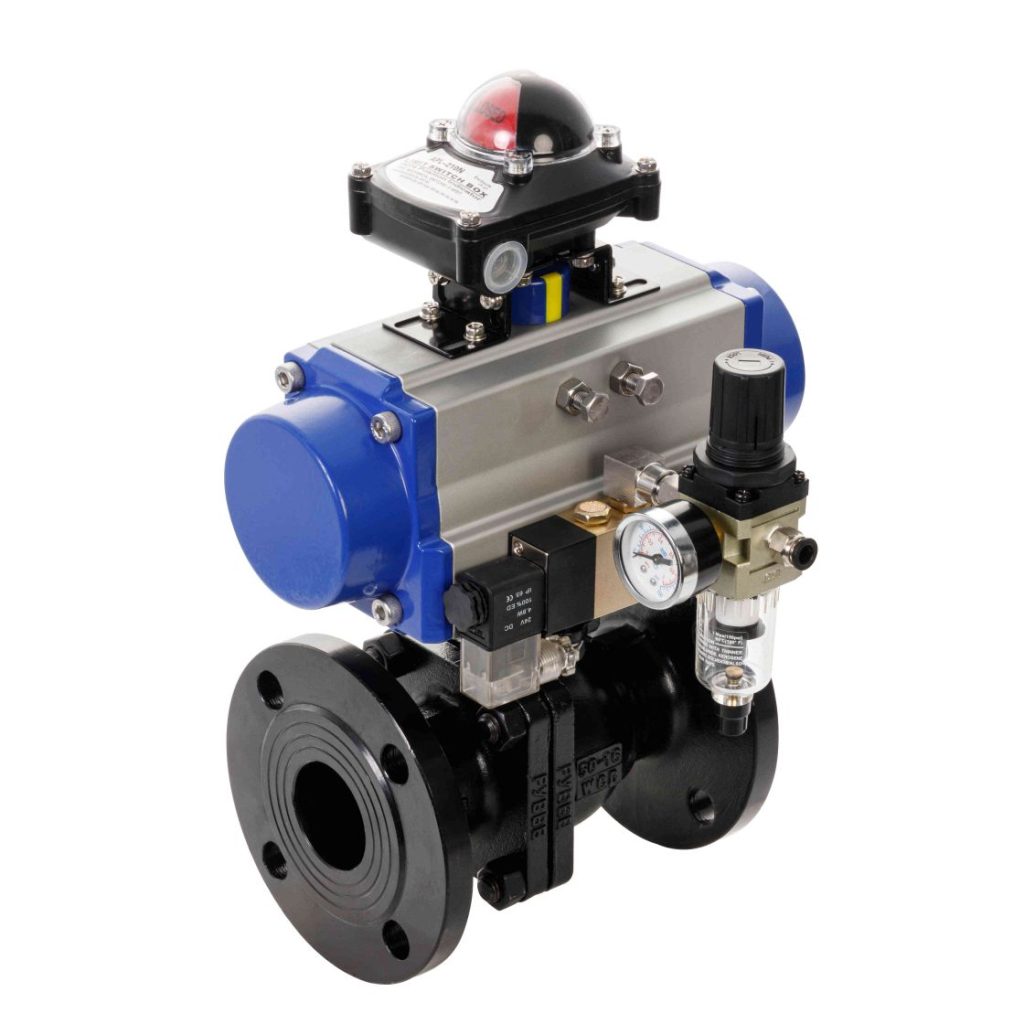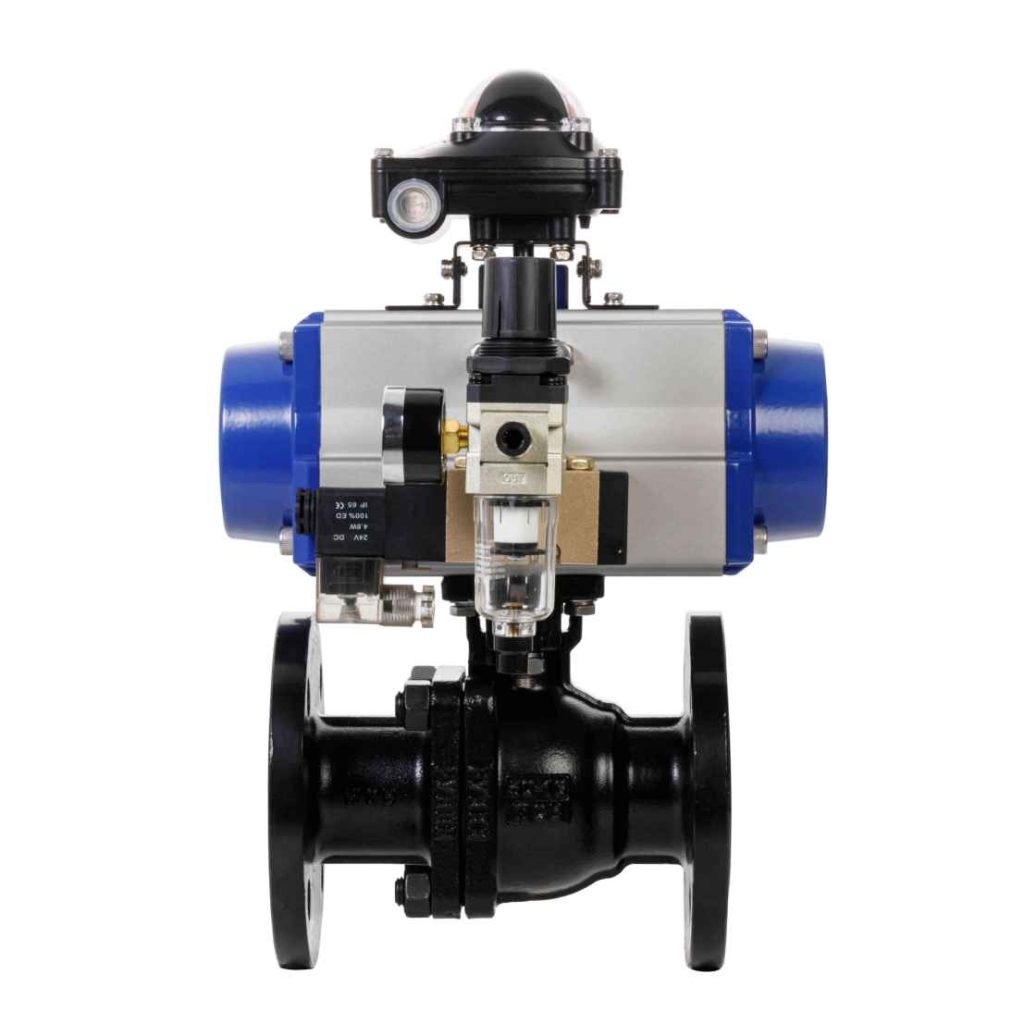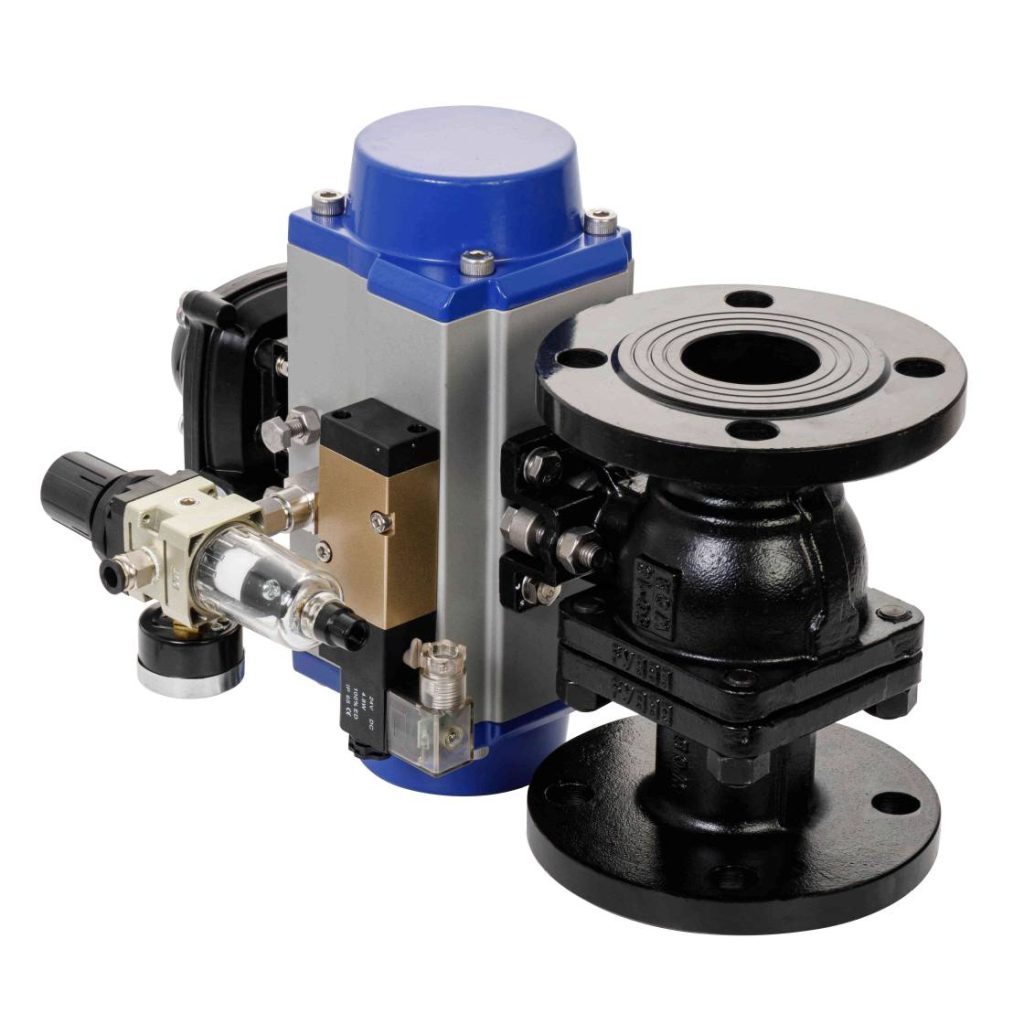A pneumatic ball valve is an essential component widely used in industries where automation, precise control, and safety are paramount. This valve, powered by compressed air, controls the flow of liquids or gases through pipes or ducts. Its construction and operation are designed for fast, reliable switching, making it ideal for both on/off and throttling control in various systems. Understanding how pneumatic ball valves work, their benefits, and their diverse applications is crucial for anyone in the field of fluid and gas management.

What is a Pneumatic Ball Valve?

A pneumatic ball valve consists of a hollow, perforated sphere (the “ball”) that rotates inside a valve body. The ball has a hole in the middle that aligns with the pipe when the valve is open, allowing fluid or gas to flow through it. When the valve is closed, the ball rotates to block the passage completely, stopping the flow. The “pneumatic” in pneumatic ball valve refers to the actuator that powers the valve. Pneumatic actuators use compressed air to drive the rotation of the ball, enabling remote control of the valve. This form of automation offers significant advantages in terms of speed, accuracy, and ease of integration into complex systems, especially in hazardous or hard-to-reach areas.
